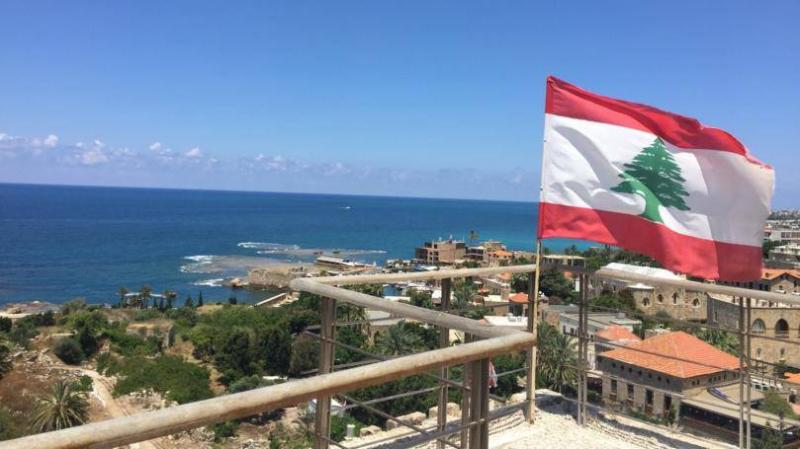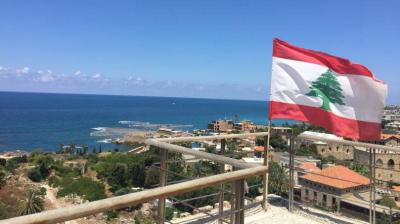In parallel with the path of demarcating Lebanon's maritime borders with Israel, the file of returning Syrian refugees to their homeland progresses with strong Lebanese pressure, yet it lacks the international momentum that produced an agreement on the demarcation. The business and political interests among the three countries intersect in the necessity of reaching a conclusion on the demarcation file and transitioning to its execution phase, contrary to the non-coinciding, if not contradictory, interests in the second file. The sentiment among Western countries, particularly in Europe, is that "the time has not yet come for the refugees to return while foreign powers remain in Syria, so take the money and keep their influx away from us."
Between 10,000 and 12,000 Syrian refugees leave Lebanon each year according to figures from concerned organizations, but not to return to Syria; instead, they head for a third country. This number does not include a considerable number of others who risk illegal migration via boats, some toward death and others toward safety. They seek to escape the hell of living in a host country that requires salvation from the curse of its political leaders, who have led it to the poverty and hunger that both refugees and Lebanese suffer. They leave side by side, indifferent to raging waves and illegal boats as long as there is a chance to reach their destination.
President Michel Aoun continually calls upon the international community to take responsibility for the return of Syrian displaced persons to their homeland, fearing that their temporary stay in Lebanon may become permanent, based on the premise that "everything temporary in Lebanon becomes permanent," with the Palestinian presence being a prime example. With the same activity and enthusiasm he and his political team demonstrated for border demarcation—where they succeeded—he shows eagerness for the return of displaced persons and does not miss an opportunity to address the issue. However, the dream of return does not seem likely to be realized soon, as the data indicate that the file is extremely complicated and requires a significant international political decision. The absence of such a decision has derailed all efforts made in this direction, from the Russian initiative that died before birth years ago to the growing Lebanese pressure in all directions, resulting in a response from stakeholders: "the time for return has not yet come."
Although a considerable number of Syrians, especially those who support the regime, enter their homeland and return to Lebanon to collect financial aid from international organizations—considering their country's economic conditions are worse than those in Lebanon—they prefer the bad over the worse. The issues surrounding return and the reasons conditions are not favorable will be explained by the United Nations High Commissioner for Refugees, Filippo Grandi, to Lebanese officials during an upcoming visit, according to information from the "Central" agency. He will present the Commission's plan and vision for the phase ahead and how to assist Lebanon in continuing to bear the burden of hosting refugees.
In this context, sources concerned with the file confirm that efforts are underway to correct the false narrative about the work of UN organizations in providing aid and to clarify misunderstandings held by some that all aid goes to Syrians. A large portion of it targets the poorest Lebanese, and the frequency of such aid has increased with the escalation of the economic, financial, and social crisis in the country over the past two years, as part of a broader support program for countries hosting Syrian refugees and addressing the "damage" they have caused to their host communities.
It is clear that the issue of refugee return is entangled in complexities and interwoven social, political, and demographic factors, linked to the border demarcation issue that Washington has helped to unravel, leading to the signing of a mutually beneficial agreement among "enemies." Until an international decision for return is reached, Lebanon will continue with a turtle-paced return plan set by the caretaker government, which aims to return 15,000 refugees monthly. However, the number of families that have registered their names, as stated by the Minister of Migrants, Issam Sharafeddine, includes 460 families from the town of Arsal, 30 families from the city of Yabrud, 49 families from the village of Jarajir, 47 families from the city of Qara, 212 families from the village of Mishrefa (Flita), 56 families from the villages of Ras al-Ma'arrah and Ras al-Ain, 44 families from the village of al-Sahl, 22 families from the village of al-Sakhra (whose homes have been leveled to the ground, thus these families need shelter), in addition to 235 Syrian vehicles.
Lebanese hopes for "return" may be broader and more comprehensive than the Syrians' own desire to return, given the more decent living conditions available for some of them in Lebanon, the lack of reliable information networks for Syrians to make informed decisions regarding return, and international relief agencies' insufficient access to monitor return operations. Until then, Lebanon may not force anyone to return, but hope remains, if only for temporary measures not to become permanent.




